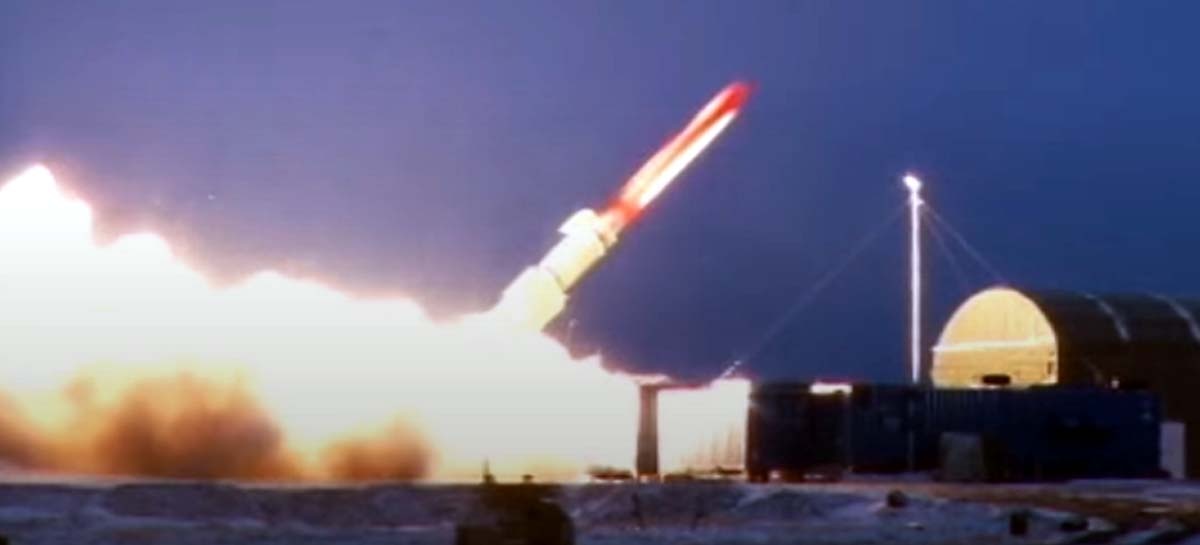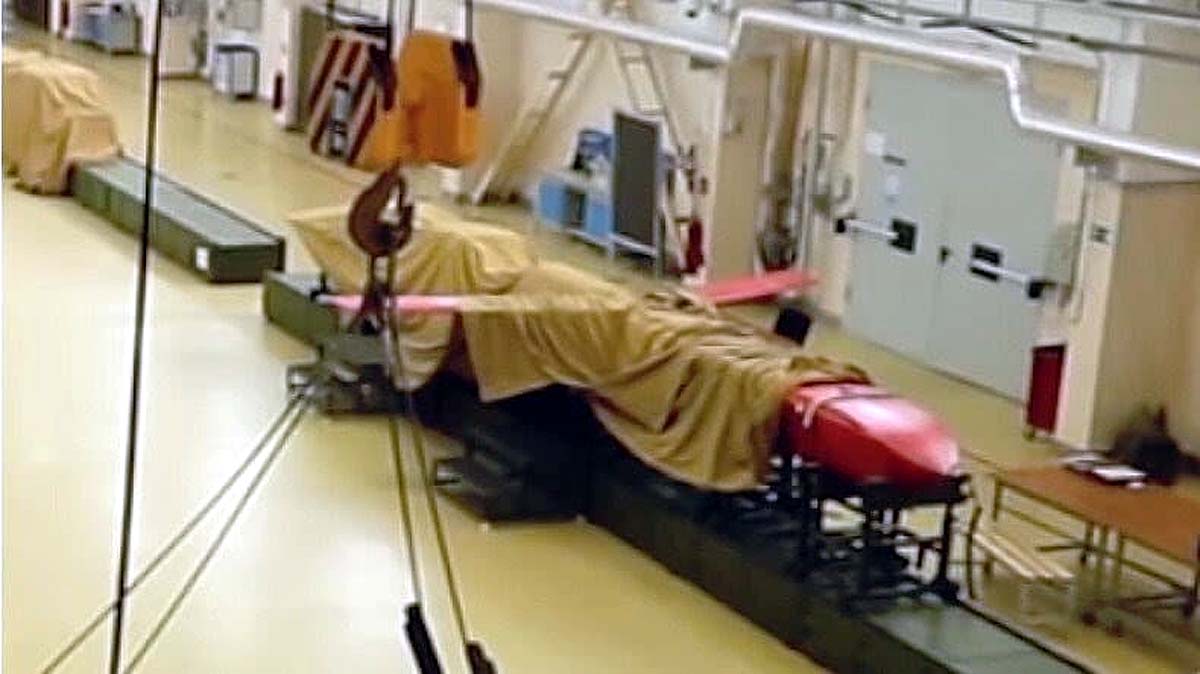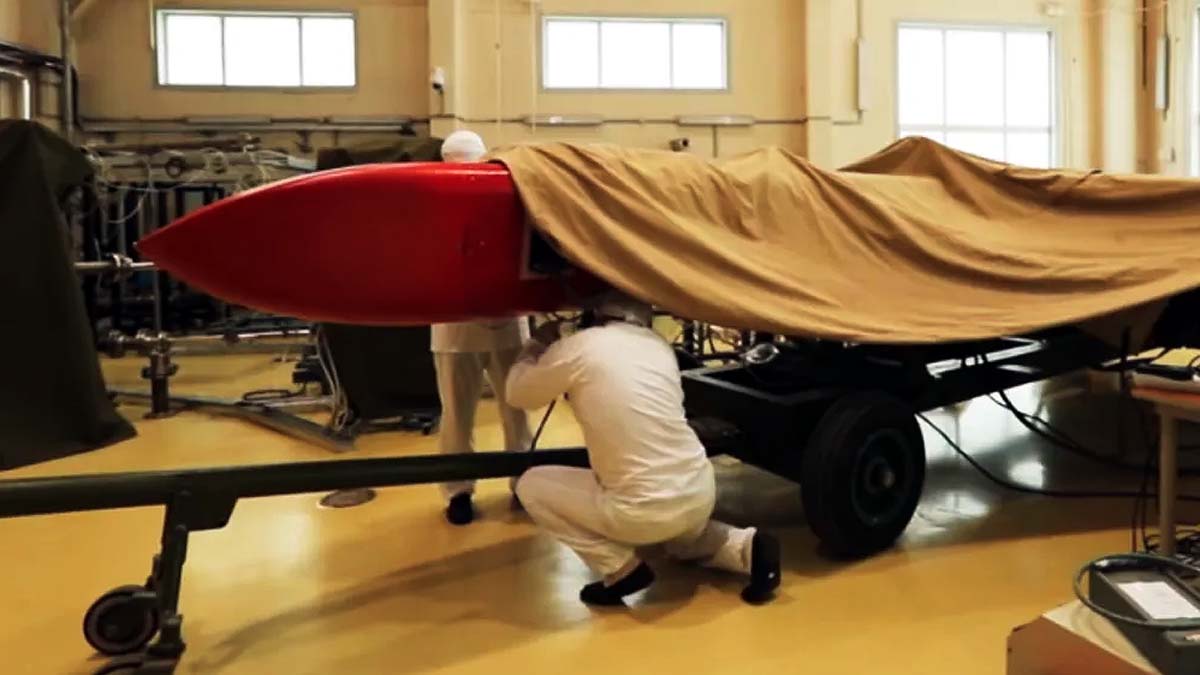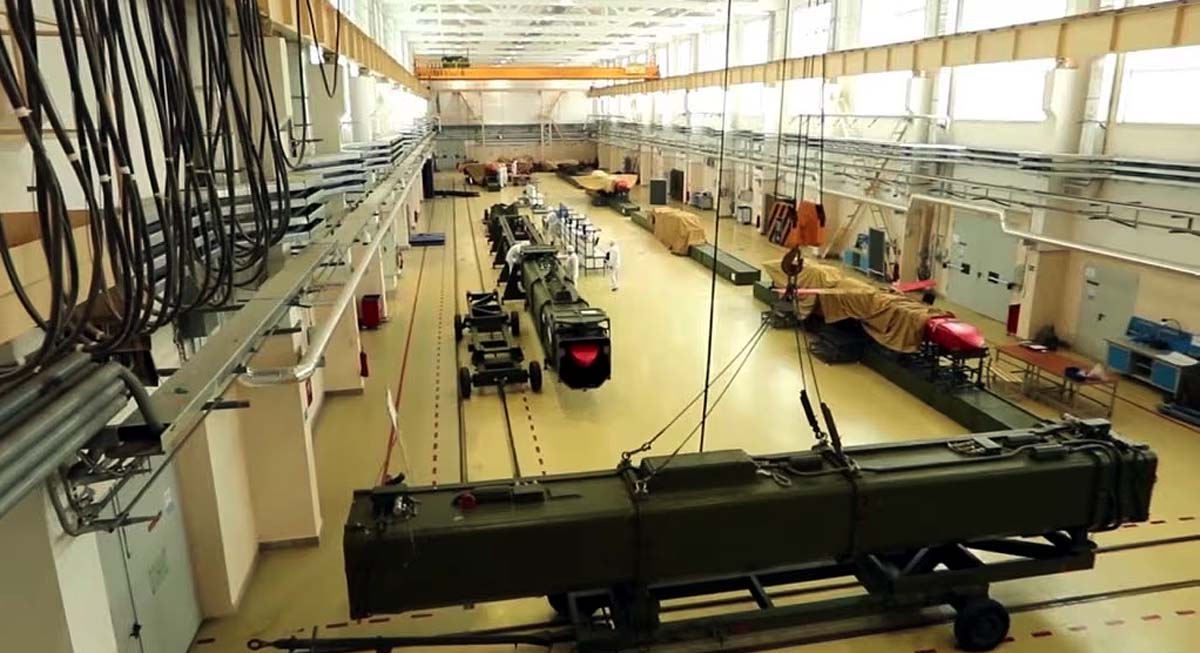Russia has recently successfully tested a missile which it says is invincible. Its name is Burevestnik, which NATO countries call Skyfall. It is a nuclear powered cruise missile, which can carry nuclear weapons. Russian President Vladimir Putin has claimed that it can dodge any missile defense system. But is it really that dangerous?
What is Burevestnik?
Burevestnik one cruise missile But completely different from normal missiles. It has a small nuclear reactor installed in it, which gives it unlimited range. Normal missiles stop when they run out of fuel, but can fly for weeks or months.
Also read: China’s new trick…built bunkers to hide missiles on the border with India

- Meaning of the name: In Russian language Burevestnik means Storm Petrel. This bird signals the arrival of a storm, just as this missile rings an alarm bell.
- Size and Speed: It is as big as the Kh-101 missile (about 7-8 meters long). Its speed is 1300 km/hr. It flies at a very low altitude (50-100 metres), making it difficult for radars to detect it.
- Weapon: Nuclear warhead can be installed in it, which can cause a big explosion. Russia claims that this is the first nuclear-powered missile in history.
This missile is a missile of America or NATO defense Designed to neutralize.
How does this work?
Normal cruise missiles are powered by jet engines, but the secret of the Burevestnik is its nuclear propulsion.

modus operandi: The small nuclear reactor heats the air, which expands and propels the missile forward. There is no need to worry about fuel – it can orbit the Earth several times.
Range: 20,000 kilometers or more. In the recent test it flew 14,000 kilometers.
finesse: Can change course while flying. Can take a curved trajectory at low altitude. The American THAAD or Aegis systems are designed for ballistic missiles, but they can easily dodge them.
hazard: If an accident occurs, radioactive leaks may occur. American experts call it “Flying Chernobyl” because, like the Chernobyl disaster of 1986, it can cause huge damage to the environment.

Development story: When did it start and what were the challenges?
Russia has invested in advanced weapons for decades. The project of Burevestnik began in the 2000s, but Putin introduced it for the first time in his speech on March 1, 2018. He said that this will neutralize American missile defense.
Testing History…
- At least 13 tests have been conducted since 2016, but only 2 were partially successful.
- 2018: First successful test shown, but many launches fail.
- 2019: Explosion in Arctic, 5 Russian scientists killed.
- 2025: Putin declared the final test successful.
Challenges: Difficult to make nuclear reactor small and safe. Radiation control, engine stability and crash prevention are big problems. The American report (NASIC 2020) had said that if it is successful, Russia will get a unique weapon. In the 1950s-60s America also tried such a project (SLAM), but it was stopped due to danger.

2025 updates: new tests and preparations
In 2025, Burevestnik is in the headlines again. Satellite images indicated new testing.
- Main Test Site: Novaya Zemlya Pankovo Range in the Arctic Archipelago. Shipping containers, ships and planes gathered in July-August. Rosatom ships deployed to handle radioactive material.
- Second site: Vologda-20, north of Moscow. 9 launch positions are being built here, nuclear warhead storage is also being built.
recent tests
Airspace closure in August 2025 (7-12 August, then extended to 6 September). American WC-135 nuke sniffer plane monitored the Barents Sea. 26 October 2025: Putin announces that the test was successful – the missile flew for 15 hours, covered 14,000 km. Russia is now preparing to deploy it. Also, tests of Yars and Sineva ballistic missiles were also conducted.
—- End —-
